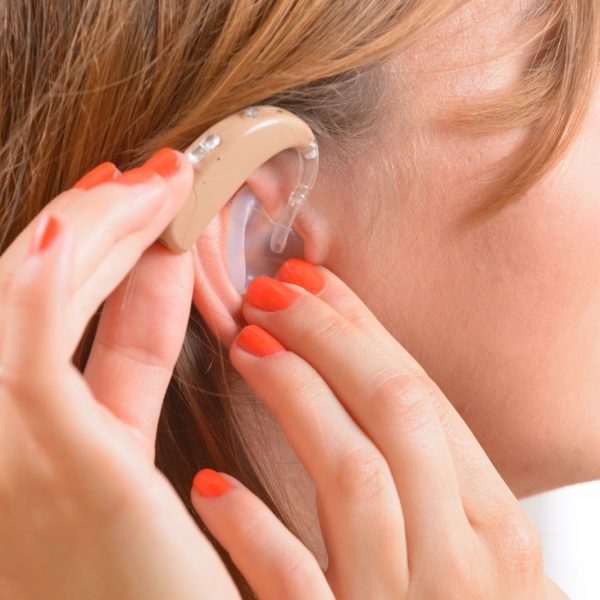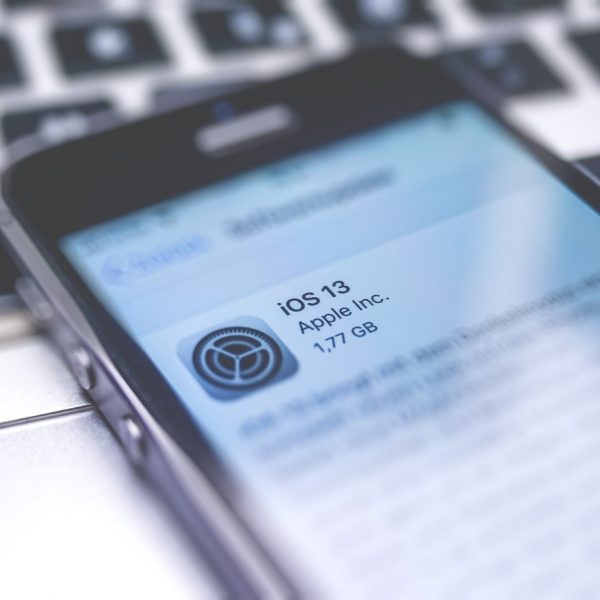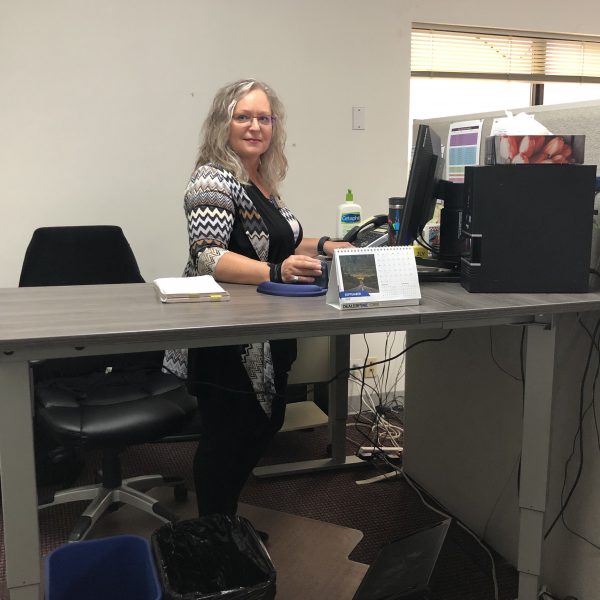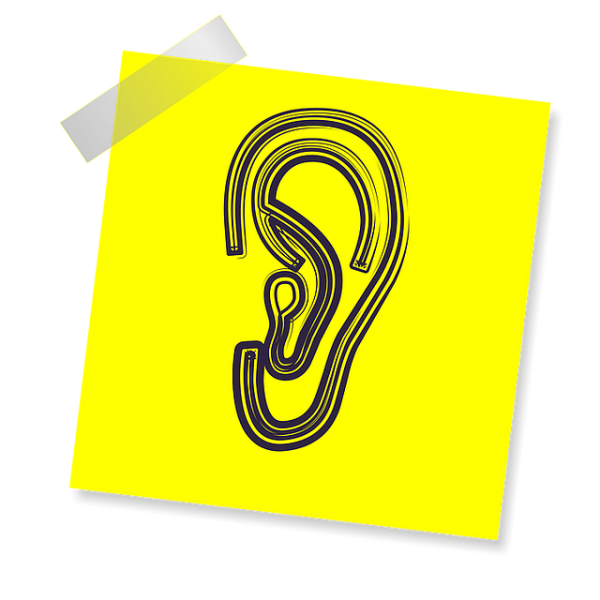Learning Tools for Edge

While Apple is known for offering products with some the most complete built-in accessibility features available, many of the companies’ competitors have been putting similar focus into offering products with equally impressive built-in accessibility features. Microsoft, Samsung, Google, and many other tech giants have put a level of focus on accessibility that is unprecedented, and these innovations are happening fast, with many platforms and operating systems releasing major accessibility upgrades with every major update.
“I Was at a Loss as to How I Was Going to be Able to Afford New Hearing Aids”

Christine works at a daycare in Kelowna. Her job involves a lot of communicating and listening.
“My duties include communicating with the children’s parents, and my co-workers and supervisors. Answering phone calls, administering first aid if necessary and interacting with the children,” she shares. “I am severely hearing impaired and require two hearing aids to be able to fulfill my duties at work.”
iOS 13 Accessibility Features

Since its initial release in 2010, the iPad has set the golden standard for built-in accessibility features, and Apple’s accessibility innovations have continued to be developed at an impressive speed. Each major update contains new accessibility features, improvements, and fixes, greatly improving and enhancing the overall user experience, especially for those users who take advantage of the many accessibility features on offer.
“I Would Not Have Been Able to Afford New Hearing Aids Without It,” Roxy Praises WorkBC ATS

Roxy needed new hearing aids.
“My old hearing aids were not functioning at a high enough level for me, resulting in the need for people I work with and serve to repeat themselves constantly. This led to frustration and lack of productivity,” she admits.
Less “Pain, Fatigue and Frustration” for Gail

Gail is the business development officer at a car dealership. As part of her job, she’s on the phone a lot, keeping clients happy and drumming up new business.
However, she’s been having a hard time hearing, especially over the phone.
“[It was] often difficult to hear or understand what clients were saying, and [I was] asking them to repeat themselves — and even then not always able to make out what they were saying,” Gail explains. “Very challenging as my work is mostly on the phone.”
Screenleap

For over a decade, remote access software has allowed individuals in the business or IT environment to remotely access and interact with computers that are located off-site. This technological advancement has allowed IT professionals to troubleshoot and control computer systems that are located thousands of miles from their physical location. Remote management software is also often used to allow individuals to access their work computer from home or on the road, thus saving time, money, and resources that would be otherwise spent commuting to the office.
“It Has Made Me More Confident,” WorkBC ATS Helps Precella Improve Her Communication at Work

Precella works as an airplane groomer — her job is to keep the airplane cabins clean. And as lead hand, she assigns duties, gives instructions, and communicates with supervisors and airline agents to make sure scheduled flights are cleaned on time.
In a job that requires a lot of communication, Precella faces a significant barrier — she is hard of hearing.
Symbol Support

In the past, students were often treated with a “one size fits all” mentality, and in many cases, individuals with wildly different learning styles were forced to complete their work within a narrow educational framework. The reality is, all of us learn differently; some of us are visual learners, some of us kinesthetic learners, some prefer auditory learning, and some prefer reading/writing based learning. The app that we are looking at today is very much geared towards the visual learners among us.
Heather Grateful to “Better Perform” at Her Job with New Hearing Aids

For over 20 years, Heather has helped students from across the globe learn English as an English Second Language teacher. But now she’s having an easier time inside the classroom, thanks to hearing aids purchased with the help of WorkBC Assistive Technology Services.
“I feel less tired and frustrated in class since I don’t have to ask for repetition or apologize for not being able to hear. I also feel less isolated in social situations,” she explains.
“It’s Really Surprising What I Was Missing Out On,” Daniel Gets Hearing Aids Thanks to WorkBC Assistive Technology Services

Daniel, of Kelowna, works in the industrial supply sector, filling compressed gases and inspecting materials for welding supplies, also filling from time to time as a relief driver.
The difference for Daniel since getting hearing aids with the help of WorkBC Assistive Technology Services has been enormous.



